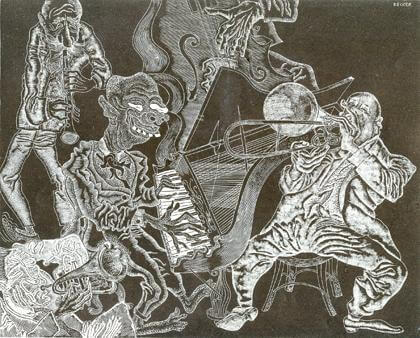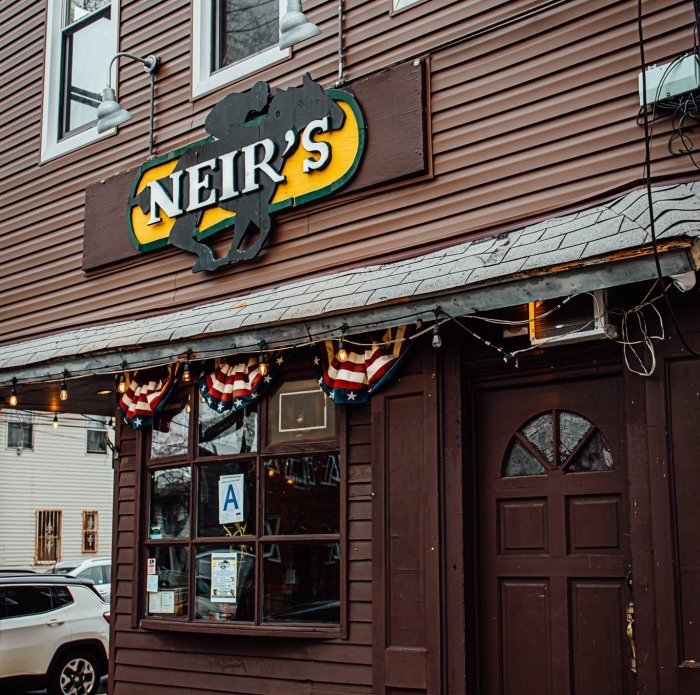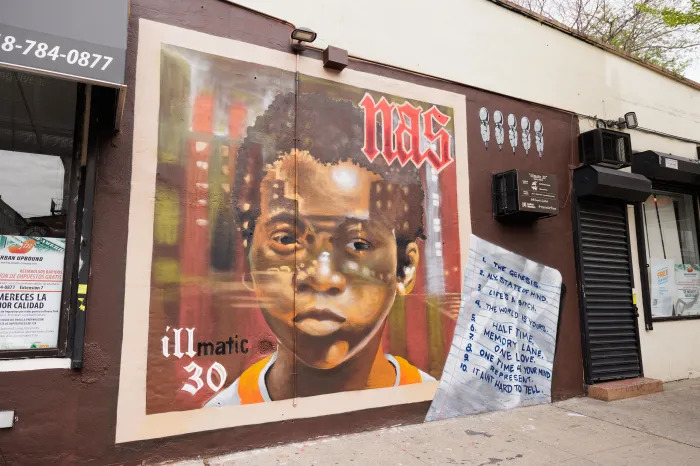By Anna Gustafson
For Amy Winter, co−curator of “Working Through the Great Depression,” the recently opened exhibit at Queens College is about more than the now all−too familiar tale of being down and out in New York City.
As viewers walk amid the paintings of people sorting through garbage looking for a bite to eat and men wiping sweat from brows as they lay bricks for public projects, Winter hopes the images both construct a narrative of an era now invoked on a near−daily basis as the current economy continues to sink and inspire debate on the government’s role in the financial sector.
“It’s really important to acknowledge how important government is,” Winter said. “Not as a Big Brother, not as something that nationalizes everything, but government plays an important role of steering the ship of state to help us secure and define our national identity. Government has to be an ethical intervener in policies that affect all of us, and this comes through visually in the show’s prints and in policy that allowed the prints to be created.”
“Working Through the Great Depression” comprises 75 pieces of art at the Godwin−Ternbach Museum. The works, some of which have never before been publicly displayed, are by 50 artists who created the pieces through the New York Regional Graphics Division of the Federal Art Project between 1935 and 1941.
Some 5,000 artists in more than 1,000 cities were employed by the federal Works Progress Administration, which created millions of jobs for Americans, during the Great Depression. Artists, including those whose pieces are included in the exhibit, were paid $25 per week in return for a monthly quota of artworks.
The show will run through June 9 and is free and open to the public. In addition to the exhibit, the museum will sponsor a lecture and film series at Klapper Hall, where the museum is located. Speakers will discuss such topics as the New Deal and art in the 1930s, and films such as “My Man Godfrey,” and the documentary “The City” will be shown this spring.
The exhibition is co−curated by Amy Winter, the museum director, and Marilyn L. Simon, an independent curator and scholar who teaches in the Queens College art department. Francis V. O’Connor, a scholar of the WPA and its art, explains the displayed works in the exhibition’s brochure.
“The war terminated the [Works Progress Administration], but this exhibition of prints provides evidence of how its support of artists in the Depression era, and the symbolic and constructive role of art in the life of culture, still enriches us in so many enduring ways,” O’Connor wrote in the brochure.
The prints span the gamut from social realism to surrealism and cubism, from such artists as Isaac Soyer, Fred Becker and Minetta Good. The prints show everything from Astoria marshland to men swimming near the Queensboro Bridge.
Though there is plenty of despair portrayed in the prints — viewers witness children hovering around a street fire outside their unheated tenement and men congregating at an employment agency with few prospects of finding jobs — Winter said there is also a sense from many of the works that life goes on, no matter how hard the times.
“Given our current situation, it’s important to remember that life doesn’t stop, fun doesn’t end just because there are financially trying times,” Winter said. “In the 1930s, people were able to go to public institutions — museums, the aquarium, the library — that were supported by the government. You see in these prints that people still lived life. You have to.”
Reach reporter Anna Gustafson by e−mail at agustafson@timesledger.com or by phone at 718−229−0300, Ext. 174.






























